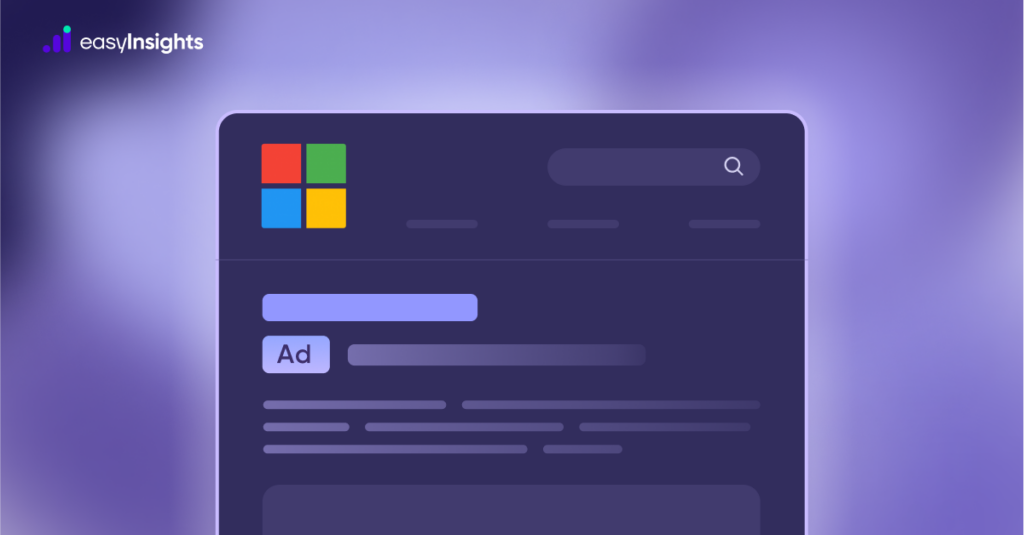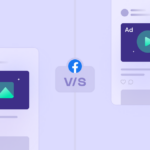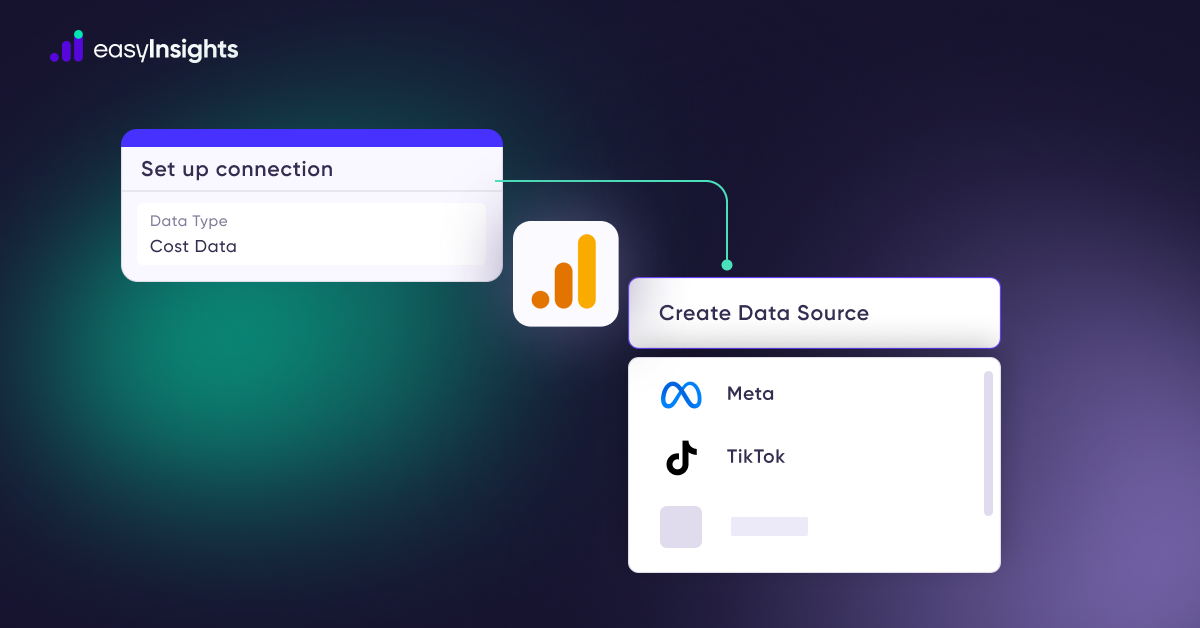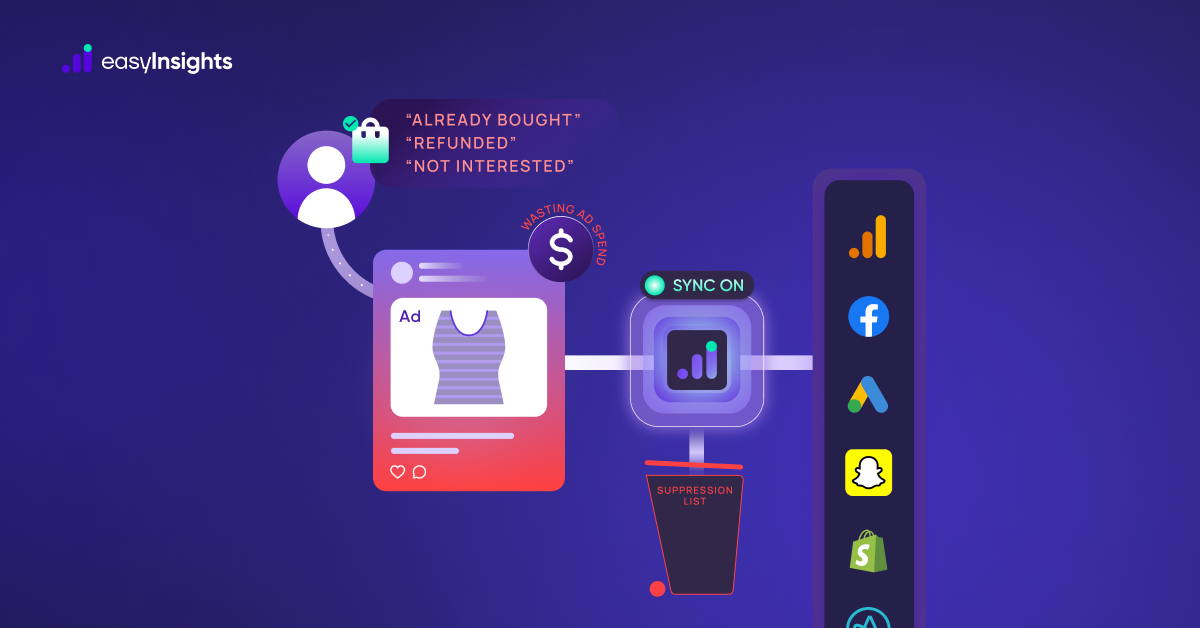
Google Ads might hold the majority market share, but it has alternatives you shouldn’t ignore. The most notable is Microsoft Ads. Formerly known as Bing Ads, it witnesses more than a billion unique visitors every month. That is when it holds 9.19% of the market share, second to Google’s 83.4%.
The gap is substantial, but it hasn’t deterred Microsoft from earning an impressive $12.21 billion in advertising revenue this year. In other words, Google Ads might have the first spot, but Microsoft is very much in the game. For marketers looking to gain more eyeballs and drive their campaigns, it is time to explore the iconic search engine’s advertising landscape.
Consider this article your ultimate guide to everything Microsoft Ads. From why you should be considering it to how you can get the most out of them- you find it all here.
Jump ahead to:
What are Microsoft Ads and How Does it Work?
Microsoft Advertising or Microsoft Ads is a pay-per-click (PPC) advertising system that allows marketers to create and run high-performing ad campaigns. Similar to Google Ads, marketers leverage Microsoft Ads to earn space on Microsoft’s search engine- Bing.
Whenever a user searches a keyword on Bing, the search engine processes that query and fetches appropriate results for the user. This includes both organic results and ads. The latter are shown at the top of the SERP. Based on the keyword, your offering, industry, and other factors, your ad will be featured here.
If the user clicks on your ad, they will be redirected to the page you’ve specified in your campaign settings. As for Microsoft, it will charge you a specified fee- Cost per Click (CPC) for featuring your ad depending on the keywords, competition, your bid, etc.
Microsoft Ads vs Google Ads
Google Ads are effective, no doubt. But most marketers today are so focused on running Google Ads that they usually fail to recognize the benefits of Microsoft Ads. Here’s how Microsoft Ads is better than its competitor.
1. Target Users in the Microsoft Ecosystem
Does your audience use Outlook over Gmail, Bing over Google Search, or any other service in Microsoft’s ecosystem? Then Microsoft Ads can help you connect with such users with ease.
In some cases, it even makes more sense to stick with Microsoft Ads. For instance, data shows Bing users are mostly above 35 years of age. They also make over 20% more purchases compared to users on other search engines. If that’s your audience, you’ve lucked out. Not only that, Microsoft operates in syndication with Yahoo, MSN, AOL, and other partner sites. As a result, you can set your ads to display across many platforms and websites, targeting a bigger audience and unlocking more business opportunities.
2. Advanced Automation with Microsoft Ads
Google Ads offer powerful targeting capabilities, but Microsoft Ads go a step further by allowing you to make targeting changes even at the ad group stage. This, in turn, facilitates greater flexibility in campaigns. Further, the Microsoft Audience Network collects data from LinkedIn, Skype, and other Microsoft-owned locations to refine ad targeting and help reach your ideal customers quickly.
3. Less Competition
Google has the highest market share, but that means almost every marketer uses Google Ads. And that results in stiff competition for ad space.
On the other hand, since Microsoft Ads comes in second, marketers often ignore it. In other words, competition is much lower for ideal ad placement.
4. Lower CPC Rate with Microsoft Ads
Building on the previous point- lower competition for ad space results in lower CPC rates as well. In fact, studies find that the average CPC cost for Microsoft Ads is $7.99, while it’s $20.08 for Google Ads. And so, if your market is on Bing, Outlook, and other Microsoft-owned platforms, you might be gaining eyeballs at a much cheaper rate.
Additional read: Underrated yet critical trends in advertising for 2023
Types of Microsoft Ads
Here are the different types of Microsoft Ads you can create.
1. Dynamic Search Ads
These ads are dynamically created by scanning the content on your website pages and featuring relevant information in your ads to the user. These usually include a title, ad text, and URL.

2. Microsoft Audience Ads
These native ads are featured within relevant blog posts and sites to blend into the content and avoid disrupting the user’s online experience.

3. Multimedia Ads
These are best for brand awareness goals as they use eye-catching visuals and are generally placed in distinct sidebar and mainline positions.

4. Product Ads
These ads feature your products as seen on your website. These usually include headlines, custom images, pricing, and seller details.

5. Vertical Ads
Vertical ads are powered by dynamic data feeds to help create ads with high-performing placements. These are usually personalized to the user and, hence, can drive your CTR.

6. Responsive Ads
These ads optimize themselves automatically by AB testing variations and combinations of up to 15 headlines and four descriptions. The top performers are displayed to the audience.
7. App Install Ads
These ads direct users to download your app. These usually include a title, text, and a button to download your app.

8. Bing Smart Search Ads
These ads are featured when users are using the Bing search bar on their devices. This ad usually includes your landing page’s screenshot, title, ad text, and the link you want to direct the user to.

Microsoft Ads: 5 Key Metrics to Track
Now that you know the types of Microsoft Ads you can launch, it’s time to discuss the metrics you should look at to judge whether they’re performing well. Here are five KPIs to keep your eye on.
1. Conversion Rate
A good conversion rate for your ad campaign is between 2% and 3%. If it’s within this bracket or higher, your ad campaign is performing well. However, if it is consistently unable to meet a 2% conversion rate, it’s time to reevaluate your strategy.
2. Click Through Rate (CTR)
This metric offers a quick way to check the effectiveness of your ads. A CTR of 2% or higher is good, while 1% should prompt you to take a second look at your campaign. If your audience is scrolling past your ads, it’s probably not catching their attention in the first place.
3. Average Cost Per Click (CPC)
The average CPC for Microsoft Ads is approximately $0.84. However, this number is relative. It depends on your business type, ROI goals, and marketing plan. Further, this must be viewed in relation to your ad budget. If your budget is taking a hit, it’s time to lower your CPC. Alternatively, if you’re often left with a surplus, you might be able to accommodate a higher CPC.
4. Return on Ad Spend (ROAS)
Divide your ad revenue by your ad spend and you get your ROAS. This metric gives you insight into whether your ad campaign is justifying its cost. In other words, if you want to check whether your Microsoft campaign is profitable, calculate its ROAS.
5. Conversions
Your ad campaigns are meant to translate into something. This could be more visitors to your landing page, higher sales, or even more registrations for your online event. If your ads are unable to meet these goals, there’s a problem.
For instance, you could have a high CTR, but few conversions. This means your ads aren’t bringing in the revenue. Your ads are gaining your audience’s interest, but not convincing them to take the desired action. In such cases, take this as a sign to redesign your ads.
Optimising Microsoft Ads
Here are six tips to help you get the most out of your Microsoft ad campaign.
1. Don’t Compromise on Keyword Research
If your ad campaigns don’t include the phrases and words your audience is using, matching your ads with them is a task. And so, one of the best tips to drive your campaign’s performance is to conduct thorough keyword research. The best part is that you don’t have to look far and wide for your keywords. Microsoft offers a free tool- Keyword Planner to help you identify the magic words with ease.
2. Import Campaigns from Other Advertising Networks
If you already run campaigns on another ad network, like Facebook Ads or Google Ads, you can simply import high-performing campaigns to Bing Ads.
This allows you to launch campaigns much faster. All you have to do is tweak your ads to suit the Microsoft audience and you’re good to go. Since you already have your own user data, you can optimize your Bing Ads from the get-go.
3. Keep Up with Your Audience
Every marketer knows it’s important to know your audiences’ pain points, motivations, and tendencies. It’s the only way you can design campaigns that deliver. But another important aspect is keeping up with them. Your audience is human, so trends, economic climates, and other factors are bound to influence their behavior. Be sure to stay informed about these to drive your campaign’s performance.
4. Engage Universal Event Tracking (UET) Tag
This tag offers insight into user behavior once they click on your ads and visit your landing page. The UET tag gives you information on how long users spend on your website, and whether they complete a purchase or just browse around.
To set up this tag select ‘Conversion Tracking’ under the ‘Campaigns’ tab. Then select UET tags. You can customize the tag name next for easy recognition and your URL to finalize the setup.
5. Keep an eye on Quality Score
Your quality score tells you how competitive your ads are. It’s determined by your CTR, ad relevance, and landing page experience. A low score indicates that your ads may not feature as often as you’d like. Alternatively, a high score means that your ads target all the necessary keywords and enjoy a high CTR.
You can check your quality score by selecting the ‘Keywords tab’ on the ‘Campaigns’ page and clicking the ‘Qual.Score’ column.
Additional read: 6 Data-Driven Marketing Strategies That Are a Game-Changer
Steps to Import Campaigns from Google Ads to Microsoft Ads
You don’t have to start from ground zero in Microsoft ads. You can simply import high-performing Google ads campaigns and make changes directly. This helps you launch your campaign much faster.
Here’s a step-by-step guide to help you quicken the launch of your Microsoft ad campaign.
Step 1
Login to your Microsoft advertising account. Navigate to the menu bar, click ‘Import’ and select ‘Import from Google Ads.’

Step 2
You’ll be directed to a new window where you must sign into your Google account.

Step 3
Once you’ve selected your Google account, allow Microsoft to access the account.

Step 4
Next, you need to select the Google Ads account from which you want to import the campaign.

If your Google Ads use a different currency than your Microsoft Ads, you’ll be prompted to choose from two options-
- ‘Convert to my Microsoft Advertising currency upon import’
- ‘Don’t convert. I’ll manually adjust my bids and budgets.’
Choose the one that suits your needs.

Step 5
Now, enter the import name, select a schedule (auto, now, once, daily, weekly, monthly), and choose whether you want email notifications concerning activity. Once done, you’re ready to start importing.

In case you wish to change your import schedule later, simply select ‘import schedule & history’ under ‘import’ from the top menu.

Step 6
Lastly, select ‘Start import’ to complete the process.

You can also select ‘Advanced import’ if you wish to choose specific items to import, adjust bids, budgets, strategies, etc.
Supercharge Microsoft Ads Campaign with EasyInsights
Microsoft Ads is a powerful platform for marketers who want to get more eyeballs to their offering without the competition and the sky-high CPC rates. Further, its AI-backed bidding capabilities allow you to make every last cent on the dollar with efficient ad spending.
But as every marketer is aware, regardless of the advertising platform you use, it always boils down to your marketing data. If you have a sound understanding of how your campaign is performing on the ground, the rest falls into place seamlessly.
To gain a comprehensive view of your marketing data, consider EasyInsights.
Bonus Read: How EasyInsights works with First-Party Data for Data Activation and Enrichment

EasyInsights works with first-party data for data activation and data enrichment in a few key ways:
Data Collection and Transformation:
- EasyInsights connect directly to your ad tech stack allowing it to access and extract the first-party data you’ve collected.
- Data Transformation: EasyInsights then cleans, normalizes, and enriches the data to make it usable for activation purposes. This may involve tasks like:
- Formatting data: Ensuring all data points are in a consistent format.
- Handling missing values: Filling in missing data points or removing them according to your preferences.
- Enriching data: Adding additional data points from other sources to create a more comprehensive picture of your customers.
Data Activation:
- Segmentation and Targeting: It allows you to segment your audience based on various criteria like demographics, behavior, and interests using the enriched data.
- Multi-channel Marketing: You can then use these segments to activate your audience across different marketing channels like email, social media, and advertising platforms.
- Customer Relationship Management (CRM): The data can be used to personalize outreach and interactions with customers within your CRM system.
- Marketing Attribution: EasyInsights can help you understand how different marketing channels contribute to conversions and optimize your marketing spend accordingly.
Key Feature:
- Offers features like customer data platform (CDP) capabilities, marketing automation, and campaign management tools.
- Focuses on reverse ETL (extracting data from your warehouse and sending it to marketing tools) and offers pre-built integrations with various marketing platforms.
EasyInsights is a marketer’s preferred tool for first party data activation.
In this age of cross-channel marketing, EasyInsights offers a comprehensive platform to collect, store, and transform all your first-party data.
EasyInsights enhances marketing campaign efficiency in a cookieless landscape with accurate ad signals. It helps brands step away from surface-level metrics and unleash the potential of first-party data to optimize marketing strategies, ensuring a superior Return on Ad Spend (ROAS). It does all this, while being a highly affordable no-code platform with an exceptional customer support apparatus.
Sign up for a demo today to see EasyInsights in action.









